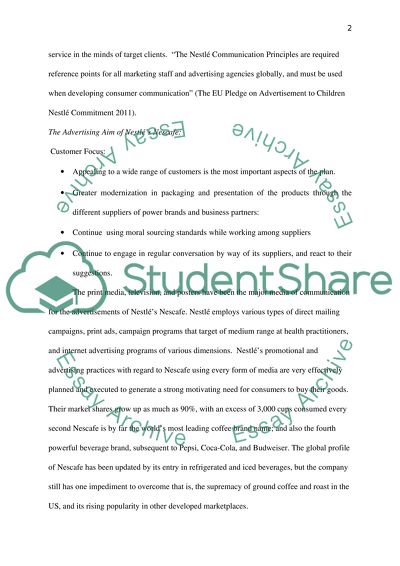Cite this document
(“Review of Practice: Advertising Practices of Nestle's Nescafe Book Report/”, n.d.)
Review of Practice: Advertising Practices of Nestle's Nescafe Book Report/. Retrieved from https://studentshare.org/marketing/1451279-review-of-practice
Review of Practice: Advertising Practices of Nestle's Nescafe Book Report/. Retrieved from https://studentshare.org/marketing/1451279-review-of-practice
(Review of Practice: Advertising Practices of Nestle'S Nescafe Book Report/)
Review of Practice: Advertising Practices of Nestle'S Nescafe Book Report/. https://studentshare.org/marketing/1451279-review-of-practice.
Review of Practice: Advertising Practices of Nestle'S Nescafe Book Report/. https://studentshare.org/marketing/1451279-review-of-practice.
“Review of Practice: Advertising Practices of Nestle'S Nescafe Book Report/”, n.d. https://studentshare.org/marketing/1451279-review-of-practice.


